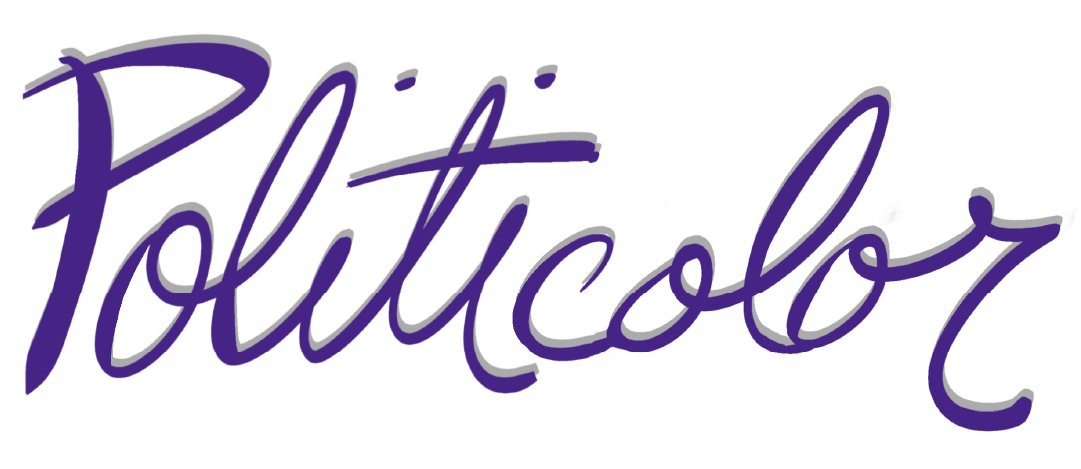My Fellow Citizens,
Aimee Stephens answered so many questions in the last seven years of her life. In one of many interviews, she shared the first questions she remembers fielding—are you willing to see this through?
The ACLU attorneys had to ask if she would persevere.
Seven years later, on June 15, 2020, the Supreme Court handed down a landmark decision that finally granted Stephens the protection of the law.
In an interview with Vox, Stephens said, “We’ve found that the wheels of justice turn slowly. But we’re hanging in there.” The original conflict with her employer effectively terminated her career. The decision this month came too late to reclaim her work. Stephens had died of kidney failure a month before her case was decided.
Monica Hesse, a style reporter for The Washington Post, wrote it best: “Monday’s ruling honored her [Stephens] as a hero. It came too late to honor her as a human.” There’s a reason why ACLU attorneys have to talk bluntly about what to expect.
When we talk about historical changes and landmark cases, we cinch up these long timelines into short stories. They start to sound like fables. Consider how time disappears when we talk about how:
- President Lincoln freed the slaves with the Emancipation Proclamation in 1863. What is Juneteenth?
- The 13th, 14th, and 15th Amendments protected the civil liberties of Black Americans and protected their right to vote. What was the Voting Rights Act of 1965?
- Martin Luther King, Jr. led the March on Washington in 1963, delivered his famous “I have a dream speech,” and Congress passed the Civil Rights Act of 1964. What are these racial disparities in neighborhoods and schools today?
Once change happens, it becomes part of the story we tell about ourselves, and it starts to sound like magic happened. All the resistance, perseverance, and hard work disappear.
To help us all endure being in the middle of the coronavirus story, writer Rebecca Solnit is reading folk tales online. She told Mother Jones that:
“I felt like reminding kids, and anyone else who wanted to listen, of stories of people who’ve endured… To give them stories that end seemed like a good thing, as we’re in the middle of our own story… [and] being in the middle of a story is a really hard place.”
We all want to know how the story ends. For just a moment, we think the world makes sense. However, becoming part of the story of change requires grappling with the uncertainty that happens in the middle.
A very long time ago, in a place not so far away, U.S. Congresswoman Tammy Baldwin told a story about what’s possible in the middle of the story. Speaking from the steps of the U.S. Capitol in April 2000, she looked out at the crowd gathered for the Millennium March for Equality and said:
“There will not be a magic day when we wake up, and it’s now okay to express ourselves publicly. We make that day by doing things publicly until it’s simply the way things are.”
She recalled marching to those same steps in 1987. She was 25 years old and had just been elected to local office. As she reflects on that moment, she explains that she had “just realized that I did not have to choose between being honest about who I am and pursuing the career of my dreams. I could do both.”
Baldwin returned to the steps in 1993, and then, in 1999, she took the oath of office there. The people of Wisconsin had elected her to the U.S. House of Representatives. At each interval, she explained that she had marched to those steps “to replace fear with courage, to replace isolation with belonging, and to replace anger with hope.”
When we look to see who we are in the middle of the story, we find feelings of fear, isolation, and anger that appear strong enough to win. We also see the quiet heroism of the people who persevered anyway.
We’ll find an important reminder that courage and hope are hard work, but that’s no reason to quit. Thank you, Aimee, for reminding us of who we are.
Let’s work through it together,
Shellee
Questions of Civic Proportions
“In the face of impossible odds, people who love this country can change it.”
—Barack Obama, 44th U.S. President
How will spikes in coronavirus cases challenge southern governors and their commitment to limited government?
The New York Times has an interactive graphic that makes it possible to see how the coronavirus spread across the country in the first few months of 2020. They have titled the project “How the Virus Won.” It details invisible outbreaks, missed warning signs, and lost opportunities.
Spikes in the number of cases in southern states have required a shift in strategy. The Texas Tribune attempts to explain, “An accidental lesson on public health and politics in a pandemic.” Texas Governor Greg Abbott had raced to be one of the first states to reopen. This week he had to close bars and ask residents to wear a mask. A dire prediction for Houston explains the new approach.
Vaccine researcher Dr. Peter Hotez wrote on Twitter: “My observations if this trajectory persists: 1) Houston would become the worst affected city in the U.S., maybe rival what we’re seeing now in Brazil 2) The masks = good 1st step but simply won’t be enough 3) We would need to proceed to red alert.”
The Governor has yet to change plans to reopen schools in the fall with little guidance and few mandatory preventative measures.
Will advertisers help Facebook see the value in fighting misinformation and hate?
At the beginning of this month, 140 scientists signed a letter to Mark Zuckerberg stating that Facebook’s lax policies about misinformation and volatile posts run counter to his philanthropic mission of building a “healthier, just, and more inclusive future.” That story may have never made it onto your radar. What made the news this week is a growing list of advertisers who are joining a boycott of the site. The most recent announcements include Coca-Cola, Honda, and Unilever, one of the country’s largest advertisers.
While some remain skeptical of the “Stop Hate for Profit” effort, the boycott seems to have already required Zuckerburg to respond.
See the whole list of businesses who have agreed to “Press pause on hate” here.
What difference do small acts make?
Sarah Jaffe titled her 2016 book Necessary Trouble to honor the relentless work of U.S. Representative John Lewis. He has spent a lifetime showing us how important it is to get into trouble sometimes. The book includes countless small stories of activism. Jaffe shows how they grow, intersect, transform, and continue to shape the world around us.
We miscalculate the importance of movements if we think their influence ends when they clear the streets. From Jaffe’s concluding chapter:
“It is the building from small demands to transformative demands that has become even more obvious since Occupy, which famously issued no demands. What many people missed was that the occupied spaces—from the Capitol in Wisconsin to Liberty Plaza and Oscar Grant Plaza to the Florida Capitol and beyond—brought people together and helped them see that their problems were not personal, but political, an echo of the consciousness-raising groups of the feminist movement. Moving from the personal to the structural helped people move from frustration to action.”
Good Work: Billboards with “Messages for the City”
There’s an important PSA posted on billboards in NYC’s Times Square. For Freedoms, an organization committed to creative citizenship, partnered with Times Square Arts and Poster House for a project called “Messages for the City.”
Designs include messages that say “Thank You” and “We See You.” They started appearing on billboards throughout the five boroughs of New York in April. Phase 2 includes plans to take the messages to Boston and Chicago too.
In a statement accompanying the project, For Freedoms describes their work as an invitation to “pause, to take a moment to consider what is in front of us.” The billboards provide a message of knowing that we are in this together even as we keep our distance:
The messages will appear on over 1,800 LinkNYC screens as well. While fewer people are using those screens now that travel is limited, the project imagines that essential workers will see these expressions of gratitude as they make their daily commutes.
Jean Cooney, director at Times Square Art, explains, “These PSAs are making clear that the distance between the frontlines and the rest of us is narrow.”
See more of the designs on Time Out and consider how art brings us together. Tim Tompkins, President of the Times Square Alliance, suggests this is one way we can see our way through a crisis:
“Especially in times of uncertainty and change, artists can figuratively — and in Times Square literally — shine a light on hidden truths and celebrate those people and phenomena which are often unseen or unacknowledged.”

